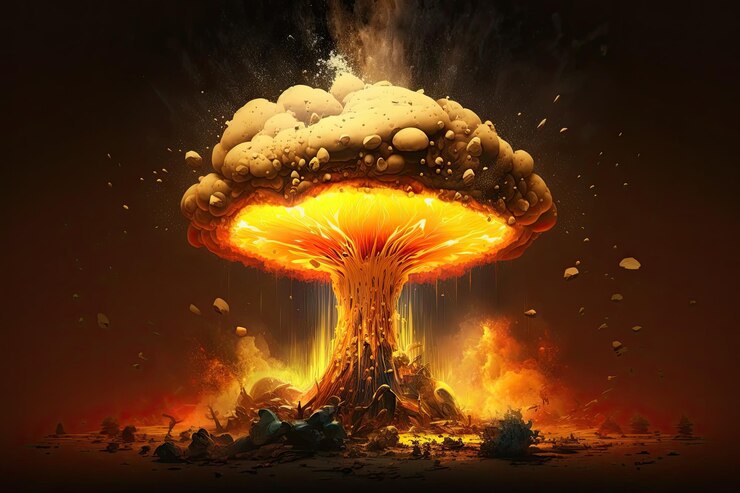
Let’s start with the Hiroshima mission. At the time Little Boy was dropped, there were three Silverplate B-29s in the vicinity of Hiroshima.
- Enola Gay. Strike plane carrying Little Boy.
- The Great Artiste. Observation/instrument plane.
- Necessary Evil. Camera plane.
Colonel Paul Tibbets, leader of the 509th Composite Group, was an officer who left as little to chance as possible. There were a number of ways this mission could have been flown.
Before Tibbets choose this plan, he had had test flights of two and three B-29s flown over Japanese cities. When he saw these flights being ignored, he decided this was his best bet.
That brings us to the Nagasaki mission. In theory, a three B-29 raid with devastating results should have no longer been a surprise. I have never read about Tibbets and LeMay discussing a change in tactics. I think they assumed seventy-two hours was too small an interval for the Japanese to react given the situation in Japan at the time.
There would have been a third bomb ready to go about two weeks later. We will never know whether they would have stuck with three unescorted bombers.
First, by this point Japan’s air defenses were nearly non-existent. If it was just 1–3 planes overhead, the Japanese assumed they weren’t a threat. They’d save what little fuel and remaining fighters they had for a fleet of bombers, not go after 1–2 of them.
Second, It took a full day for Japan to get some idea of what had happened. They originally assumed that the lack of information coming in was because their military HQ had been hit by a heavy bombing raid.
Even a second day later, information was sporadic and incoherent—the Japanese didn’t have a full picture of what happened and how the weapon was deployed. So discussions at that point were more about evacuating people to the countryside so they could ride out a second, third, fourth, and fifth bomb.






